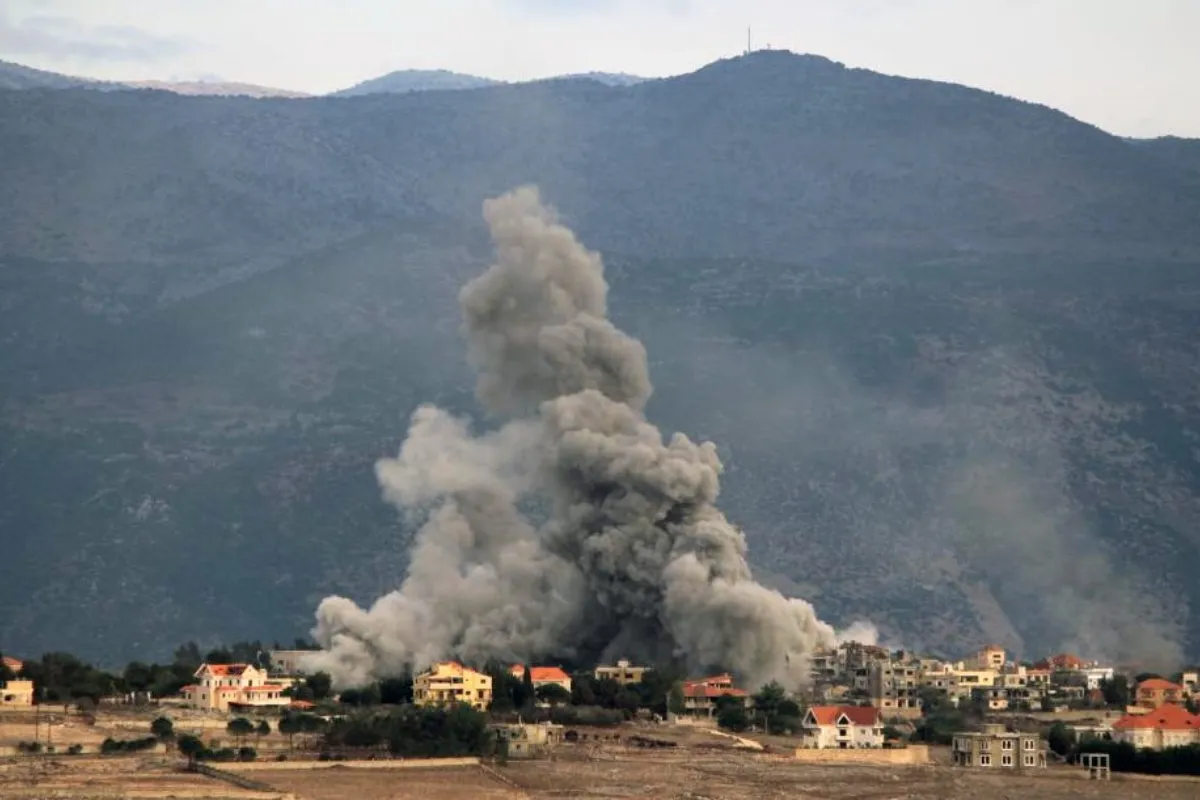A landmark ceasefire between Israel and Hezbollah took effect today at 7:30 AM IST, bringing a temporary halt to a devastating conflict that has spanned 14 months and caused thousands of casualties. The agreement, heavily facilitated by U.S. diplomacy, follows intense fighting, including the most severe Israeli airstrikes on Beirut’s center since the conflict surged in late September. By mid-morning, no violations of the truce had been reported, with celebratory gunfire echoing across Beirut’s southern suburbs.
Despite the ceasefire, movement in the region remains tense. Heavy traffic was seen on roads leading south in Lebanon as displaced residents attempted to return to their homes. However, the Israeli Defense Forces (IDF) issued warnings against approaching evacuated villages or military zones, while Hezbollah and the Amal political movement provided conflicting guidelines for returning residents, adding to the uncertainty.
The ceasefire agreement is rooted in UN Resolution 1701, which calls for Hezbollah fighters to withdraw north of the Litani River—about 18 miles from the Lebanon-Israel border—and for Israeli forces to fully leave Lebanese territory. While the Lebanese army has announced its readiness to take control of the south, it has urged residents of border villages to delay their return until the Israeli withdrawal is complete. Currently, Israeli troops remain stationed roughly four miles inside Lebanese territory.
Also read: Bomb Cyclone Forecast: Heavy Rain and Snow in Northwest
In a statement from the White House, President Joe Biden outlined a detailed 60-day plan for the phased withdrawal of Israeli forces, approved by Israel’s security cabinet. The Lebanese army is set to progressively take over border security, with the goal of preventing Hezbollah from rebuilding its military presence in the area. The coming weeks will determine the success of this carefully coordinated effort to stabilize the region.
